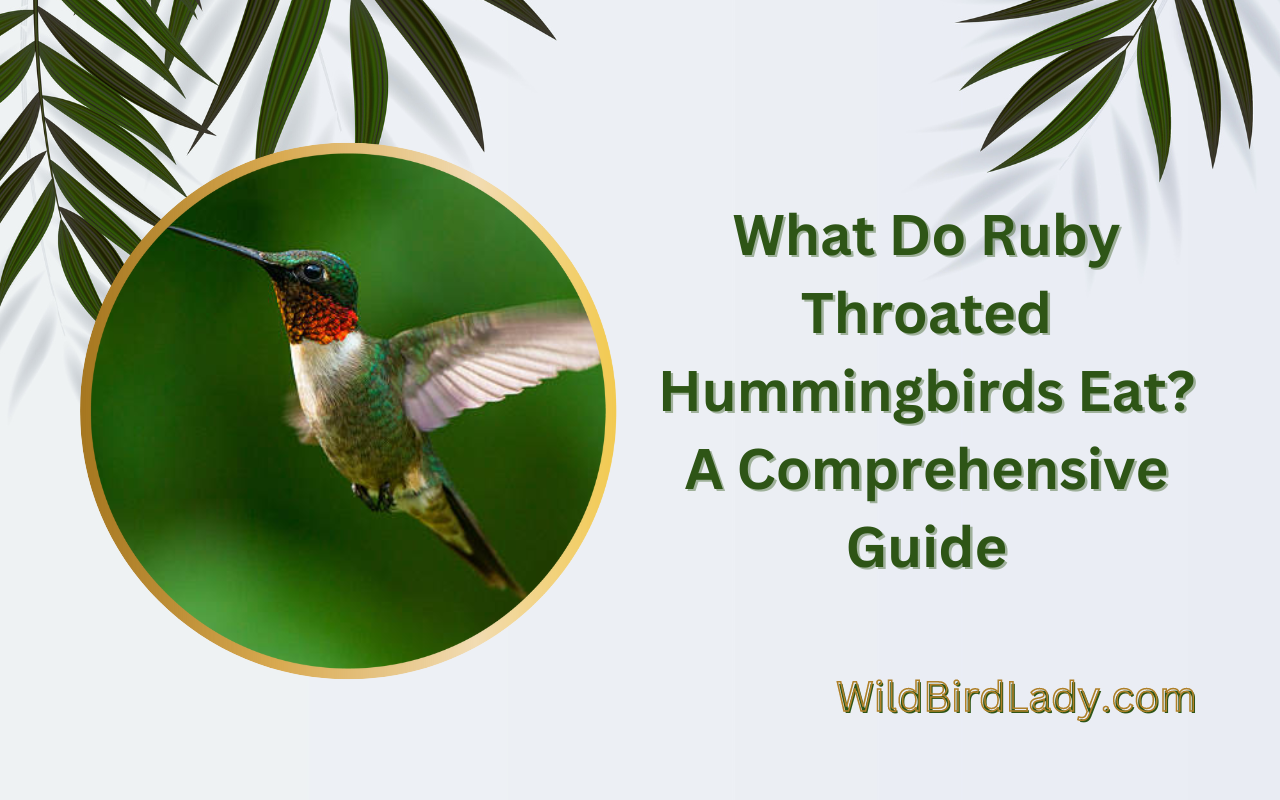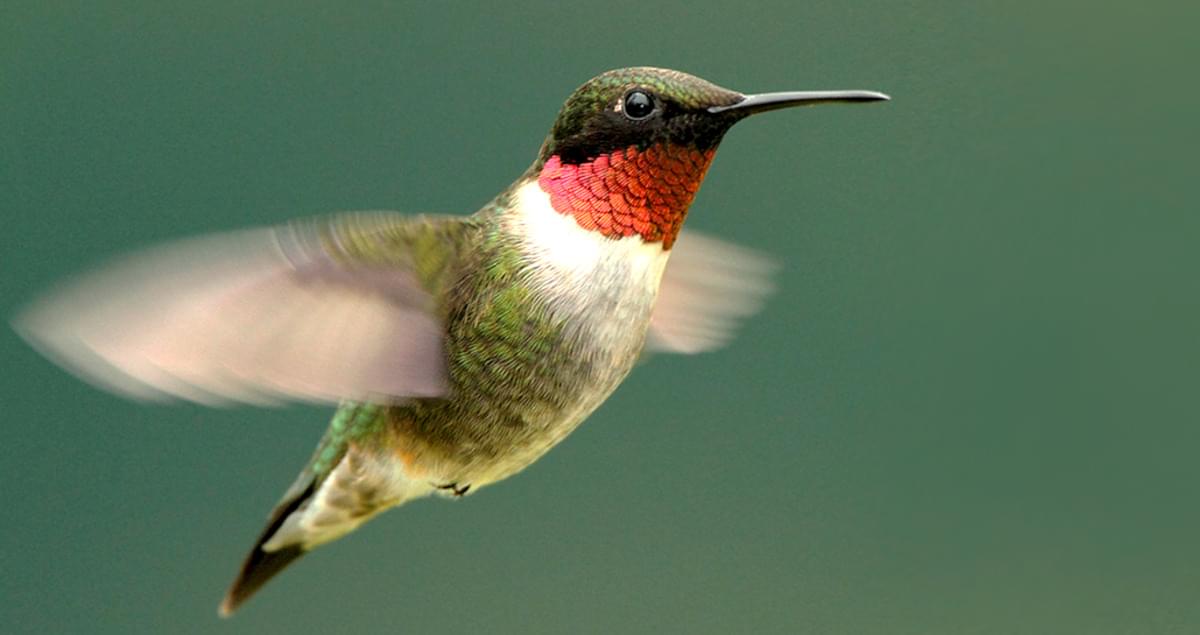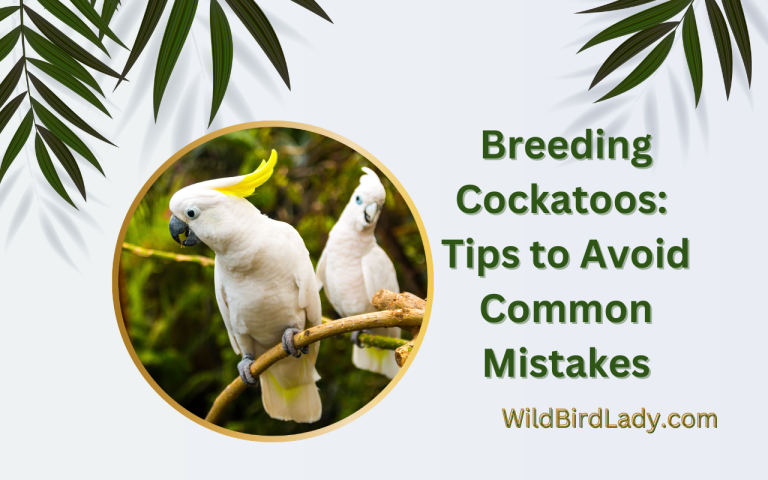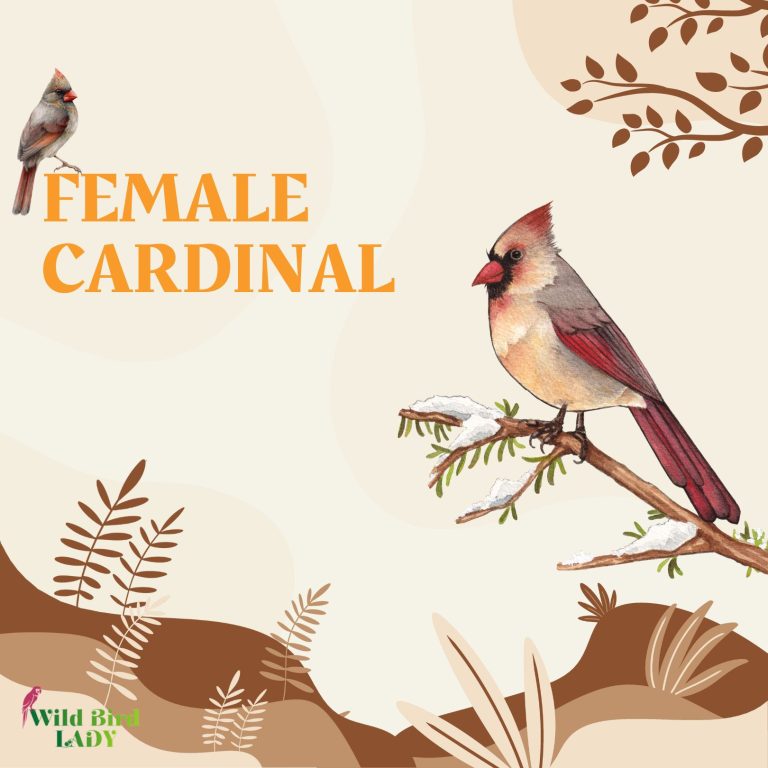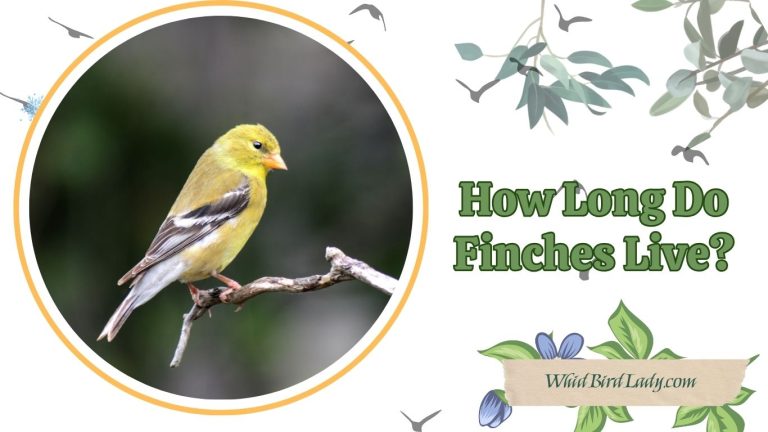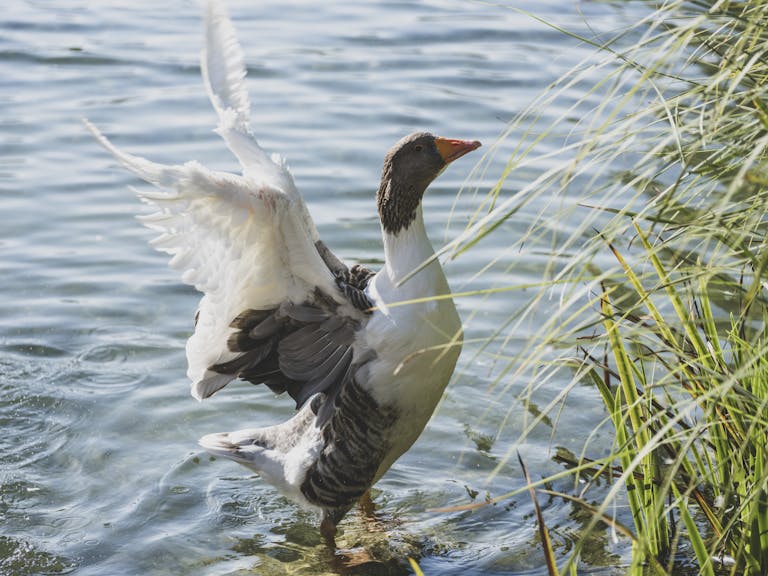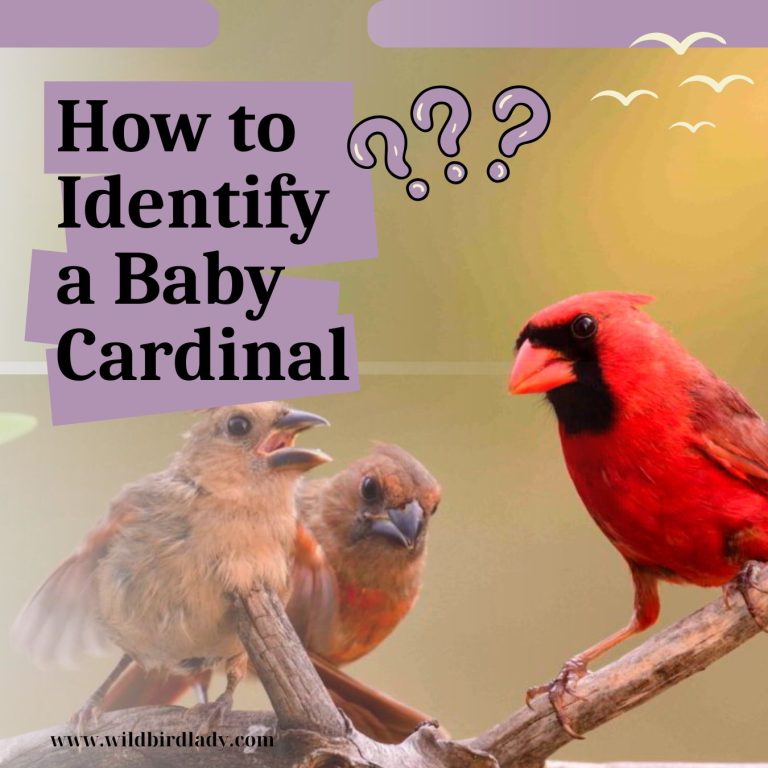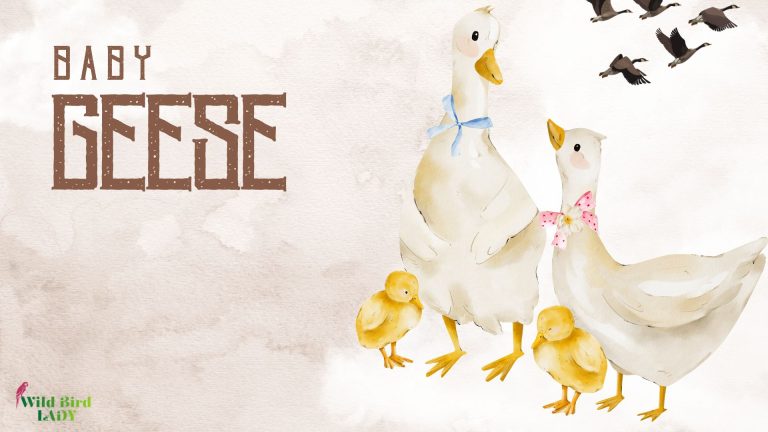What Do Ruby Throated Hummingbirds Eat? A Comprehensive Guide
🐦 Ruby-throated hummingbirds primarily feed on nectar from flowers, but also eat insects and spiders for protein. As a common sight in north america, the ruby-throated hummingbird’s diet is an important aspect to know for bird enthusiasts or those who have them frequenting their gardens.
These birds have one of the highest metabolic rates of any animal and thus require a lot of food to survive. In this comprehensive guide, we will explore the various types of food that ruby-throated hummingbirds depend on, including their preference for nectar, how they catch insects, and what plants are best to attract them.
Whether you’re a beginner or a seasoned avian enthusiast, this guide will provide valuable information on the feeding habits of ruby-throated hummingbirds.
Natural Diet Of Ruby Throated Hummingbirds
Ruby throated hummingbirds are fascinating creatures that captivate the attention of bird watchers and enthusiasts all around the world. They are the only species of hummingbirds that breed in eastern north america and have a natural diet that revolves around floral nectar and small insects.
In this blog post, we will delve deeper into the natural diet of ruby throated hummingbirds and explore the different sources of food that these birds rely on for survival.
Floral Nectar As A Major Source Of Food
Hummingbirds are known for their love of sweet nectar and their unique ability to hover in mid-air while they feed. Ruby throated hummingbirds are no exception and rely heavily on floral nectar as a major source of food. The following are some key points to keep in mind about the nectar they consume:
- Ruby throated hummingbirds prefer flowers that have a high sugar content, such as red or orange tubular flowers.
- They primarily feed during the day, when flowers are fully open and producing more nectar.
- A hummingbird’s tongue is specially adapted to draw nectar from flowers. They have a long, narrow tongue that is divided into two parts and fringed with hairs.
- They visit an average of 1,000 flowers per day to meet their nectar requirements.
Small Insects And Spiders As A Secondary Food Source
While floral nectar provides a majority of their diet, ruby throated hummingbirds also consume small insects and spiders as a secondary food source. The following are some essential points to keep in mind about their insectivorous diet:
- Hummingbirds need protein and other nutrients that cannot be obtained from nectar alone. Small insects and spiders provide the required nutrients.
- Ruby throated hummingbirds catch insects and spiders by hawking, which involves catching them in mid-air or plucking them from the surface of a leaf.
- They eat a variety of insects, including gnats, fruit flies, mosquitoes, and spiders.
- Insects constitute approximately 10-20% of their diet, with the highest consumption occurring during the breeding season when chicks require additional protein.
Ruby throated hummingbirds have unique dietary requirements that include floral nectar and small insects. By understanding their natural diet, we can appreciate these amazing birds even more and help to provide for their needs. Next time you see a ruby throated hummingbird, take a moment to admire their beauty and appreciate the hard work they put into finding food to survive.
Feeder Nectar & Supplements
Ruby throated hummingbirds are a delightful addition to any garden, frequently buzzing around brightly colored flowers. But what exactly are they consuming? In this blog post, we’ll go over everything you need to know about their diet, focusing on feeder nectar and supplements.
Tips On Preparing Homemade Nectar
It’s simple to prepare your own nectar for hummingbird feeders. Here are some key facts:
- Use refined white sugar only.
- Combine 1 cup of sugar with 4 cups of water in a saucepan.
- Bring the mixture to a boil, stirring occasionally, then remove it from the heat.
- Allow to cool before pouring it into your hummingbird feeder.
- This formula may be scaled up or down to meet your specific needs.
Commercially Available Nectar
When making homemade nectar isn’t possible, commercially available nectar serves as an excellent alternative. Here are some things to bear in mind:
- Make sure you’re only using nectar made for hummingbirds, not for other bird types.
- Choose products with no food coloring, as it’s unneeded and may be harmful to birds.
- Nectar may be purchased in a pre-mixed bottle or a powdered mix that you combine with water.
- Knowing how many birds you’re feeding, as well as how much nectar they consume regularly, will help you determine how much to buy.
Supplements For Ruby Throated Hummingbirds
Adding supplements to the diet of ruby throated hummingbirds might be beneficial to them. Here are a few things to keep in mind:
- Hummingbirds require a lot of energy because they are always on the go. While nectar provides energy in the form of sugar, it does not provide all of the vitamins and minerals that birds need.
- Supplements like calcium and vitamins may be added to nectar.
- Use a commercial bird supplement rather than attempting to make your own.
- Adding supplements to nectar should not be done too frequently. Once or twice a week is sufficient for most birds.
That’s it! Remember to double-check that your feeder and nectar are clean and fresh every few days, especially when the weather is warm. By providing a nutritious and suitable diet, you will attract a myriad of hummingbirds to your garden.
Other Foods That Hummingbirds May Consume
Ruby-throated hummingbirds are one of the most stunning birds to ever grace our gardens. These tiny creatures are fascinating to watch, flapping their wings at an incredible speed of up to 80 times per second. Moreover, these birds need an ample amount of energy to maintain their swift wings.
But what do ruby-throated hummingbirds eat? Let us take a comprehensive look.
Fruits And Fruit Juice
Hummingbirds are infamous for their delicate and slender beak, which allows them to sip nectar from flowers. However, hummingbirds also consume other foods to get additional resources that they need.
- Fruits are a good source of carbohydrates and other essential nutrients that hummingbirds require. Fruit juices, in particular, can be a great supplement to their diet.
- Hummingbirds are known to consume ripe fruits like bananas and strawberries.
- They can also drink fruit juices, but be sure to purchase 100% natural and unsweetened juices.
Caffeine And Its Effect On Ruby-Throated Hummingbirds
Caffeine stimulates the central nervous system of humans. But how does it affect hummingbirds?
- Hummingbirds can digest caffeine more effectively than humans.
- In small quantities, caffeine helps to improve their memory and increase their physical endurance.
- However, avoid overfeeding them caffeine as it can cause harm to their health.
Other Human Foods To Avoid
While it might be tempting to feed hummingbirds human food, not all of it is safe for them.
- Avoid feeding them food that has artificial sweeteners in it, especially the ingredient xylitol, which is toxic to them.
- Also, avoid giving them foods that have mold, yeast, salt, and other harmful additives.
- Remember to clean your feeder frequently to avoid bacterial and fungal build-up.
Hummingbirds need a certain type of diet to maintain their incredible flight patterns. While nectar is their primary source of energy, hummingbirds may also consume other foods like fruits and fruit juice, but in moderation. As caretakers, we must learn to provide them with adequate nutrition and keep them safe.
Habitat And Migration Patterns
Ruby-throated hummingbirds are fascinating creatures who have mesmerized bird watchers for centuries. They are tiny, yet mighty, and they require a particular kind of habitat to thrive. Additionally, their diet can change depending on their location and the time of year.
In this blog post, we will explore the impact of the hummingbird’s habitat on their diet as well as the changes to their diet during migration.
The Impact Of Habitat On Ruby Throated Hummingbird Diet
Ruby-throated hummingbirds are commonly found in deciduous, coniferous, and mixed forests. They often make their homes near streams, rivers, and other bodies of water, as these natural features provide the perfect habitat for their diet. Here are some key points to consider about the impact of habitat on ruby-throated hummingbird diet:
- These hummingbirds rely almost entirely on flower nectar as their primary source of food.
- Hummingbirds require a large number of nectar sources in their habitat to maintain their energy levels.
- The availability of insects and spiders also impact their diet as they provide the necessary protein for their growth and development.
- Ruby-throated hummingbirds also prefer habitats that have natural or human-made feeders that offer sugar water.
Changes In Ruby Throated Hummingbird Diet During Migration
Ruby-throated hummingbirds face different challenges when they migrate. As they travel, they encounter different environments that do not always offer the same resources as their native habitats. Here are some key points to consider about the changes in their diet during migration:
- During migration, ruby-throated hummingbirds have been known to consume natural sap from trees which contains sugars and carbohydrates they need during long flights.
- They also rely on insects and spiders as a source of protein since fewer flowers bloom along their migration route.
- Hummingbirds often stop and feed at feeding stations or birdhouses that are specifically designed for them as they travel to and from their wintering areas.
The diet of ruby-throated hummingbirds is heavily impacted by their habitat and migration patterns. Their diet is largely dependent on nectar from flowers, as well as the availability of insects and spiders for protein. During migration, these hummingbirds need to adapt to different habitats and food sources to survive the long and challenging journey.
By understanding their diet and habitat needs, we can continue to appreciate these tiny creatures and their remarkable abilities.
Frequently Asked Questions On What Do Ruby Throated Hummingbirds Eat? A Comprehensive Guide
What Are Ruby Throated Hummingbirds?
Ruby throated hummingbirds are stunning birds that produce a vibrant iridescent red throat patch. They usually weigh less than an ounce and are less than 4 inches tall.
Where Are Ruby Throated Hummingbirds Found?
Ruby throated hummingbirds are typically found in eastern north america from the gulf of mexico to southern canada.
What Do Ruby Throated Hummingbirds Eat?
Ruby throated hummingbirds primarily feed on nectar from flowers, but they also eat insects and spiders for protein.
How Often Do Ruby Throated Hummingbirds Eat?
Ruby throated hummingbirds have a high metabolism and feed frequently throughout the day. They visit 1,000 to 2,000 flowers and drink up to twice their body weight in nectar daily.
How Can You Attract Ruby Throated Hummingbirds To Your Garden?
To attract ruby throated hummingbirds to your garden, plant native flowers that produce nectar, such as bee balm, cardinal flower, and trumpet vine. Also, provide a source of fresh water and avoid using pesticides.
Conclusion
The ruby-throated hummingbirds have one of the most spectacular diets in the bird world. These tiny birds feed on flower nectar, insects, and spiders. Their daily diet is said to have a direct impact on their energy levels, metabolism, and overall health.
Feeding these birds means knowing the right foods to serve, considering the area, season, and weather conditions. This comprehensive guide outlines all the food options available for these birds, including homemade nectar, insects, and hybrid feeders. Remember to avoid red coloring in nectar, and pesticides in insects.
Provide a diverse diet, and change the diet as the feeding seasons change. It’s essential to monitor the feeding habits of your hummingbirds, as this will help you adapt and provide the necessary nourishment. Proper nutrition ensures that the hummingbirds thrive, fertilize, and pollinate, ultimately impacting human ecosystems for the better.
We hope this guide helps you understand and improve your feeding habits. Cheers to happy and healthy bird feeding!

